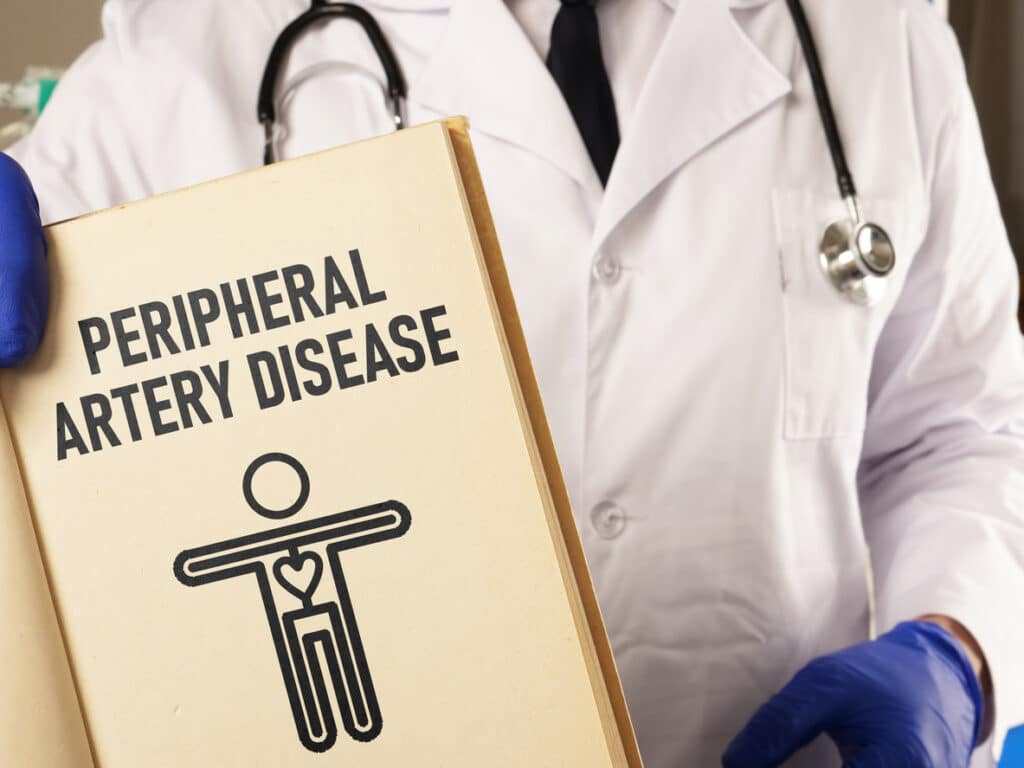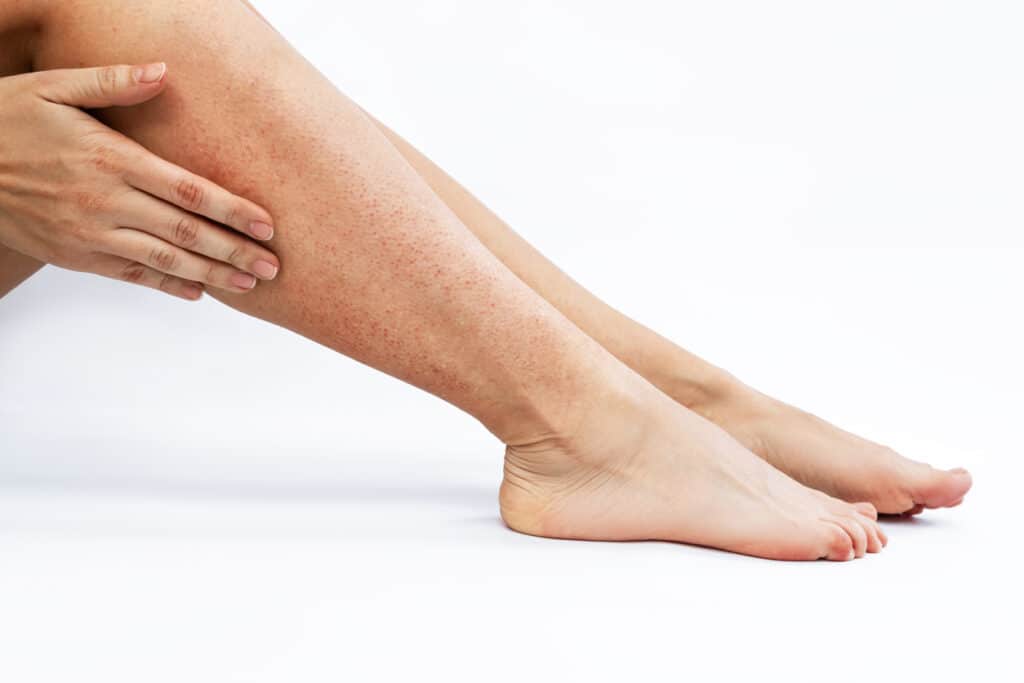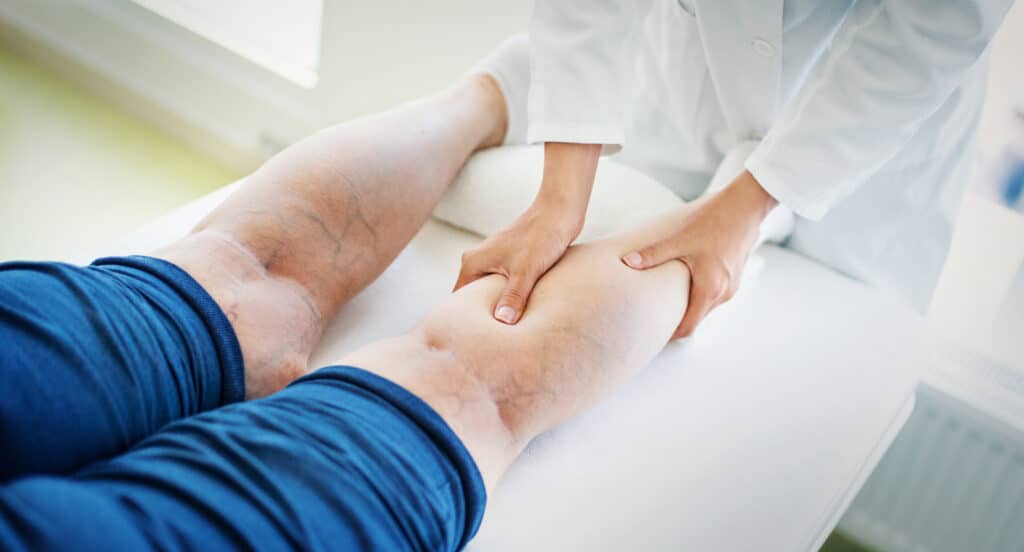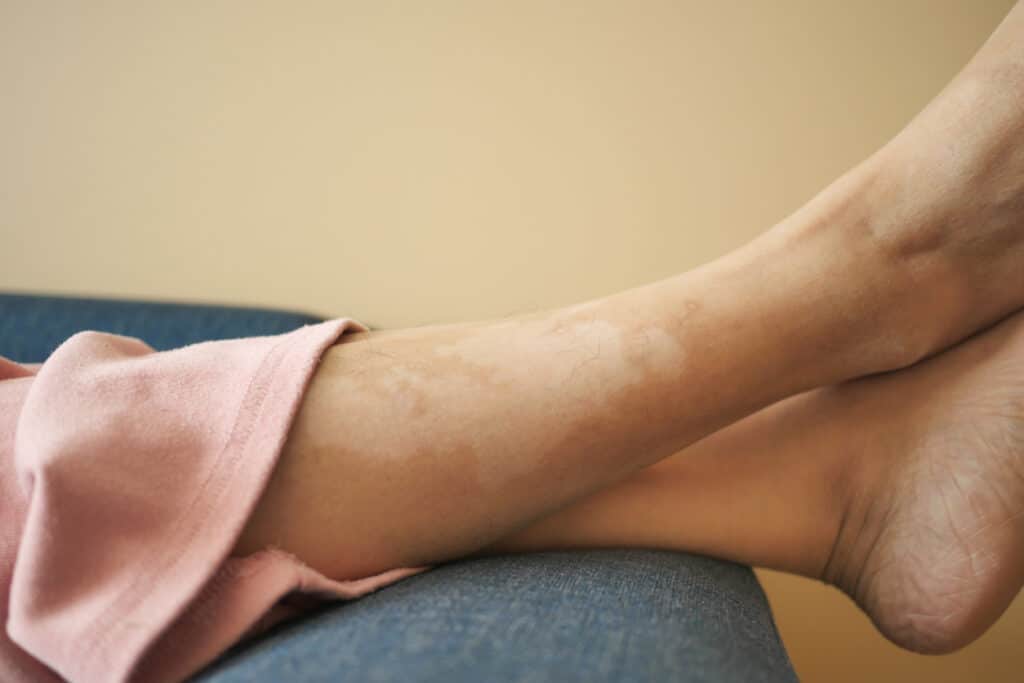Did you know that shepherds in France used to apply blue cheese to their wounds to avoid developing gangrene? That’s because the cheese contained Penicillium mold, a natural producer of the modern antibiotic “penicillin.”
The shepherds knew back then what still holds true today – gangrene is a serious condition and should be treated at the earliest signs. However, it may go unnoticed if you don’t know what to look for.
If you’re wondering, “What is gangrene?” we’ve got you covered. Keep reading to discover all about gangrene, its causes, and the modern treatments available to you.
What Is Gangrene?
Gangrene is a dangerous medical condition caused due to a lack of blood supply to an area of the body or a severe bacterial infection. These triggers cause the tissues to break down and die, resulting in gangrene necrosis.
Though the hands and feet are most commonly affected, gangrene can affect all body parts, including muscles and internal organs. This serious condition can result in amputation of a limb and ultimately death.
What Does the Beginning of Gangrene Look Like?
Gangrene typically begins in the extremities such as the fingers or toes. Your skin’s surface may appear to be normal at first and then start to change in color and appearance over time.
Depending on what type of gangrene you have, this color may range from pale gray to red, purple, brown, or black. To stop it from spreading, seek medical attention at the earliest signs of gangrene.
Types of Gangrene
There are several different types of gangrene, each of which stems from a different cause but has a similar source. These causes may include lack of blood flow, infection, and trauma.
Dry Gangrene
This type of gangrene starts slowly and is caused by a lack of blood supply to an area. It commonly affects people with peripheral artery disease (PAD), atherosclerosis, and diabetes.
When a combination of fat and calcium builds up inside the blood vessels, the artery becomes narrow, reducing blood flow. Gangrene will begin to set in if this artery remains blocked for an extended time.
The characteristics of dry gangrene include: skin that becomes cold, dry or shriveled, and may appear brown, purplish-blue, or black in color.
Wet Gangrene
Wet gangrene occurs when a bacterial infection is present. This form of gangrene spreads rapidly throughout the body and may lead to septic shock and death if not treated immediately.
A wet gangrene infection invades deeper tissues and can develop after a trauma such as a burn, frostbite, or a part of the body that has been squeezed or crushed.
This trauma can rapidly stop the blood supply to the area and cause tissue death or further infection. Often, it occurs unknowingly in people who have diabetes, as they’re at higher risk of developing PAD.
This is characterized by swollen or engorged skin due to toxins from the bacteria. Blisters, foul-smelling pus, and discolored or black skin may be warning signs.
Gas Gangrene
Gas gangrene is a rare yet highly lethal form of gangrene. This occurs when an infection develops deep within the body. This is typically the result of trauma or surgery and begins in the muscles and organs.
Gas gangrene is commonly caused by Clostridium perfringens, which produces gas-releasing toxins. However, it can also be caused by certain forms of streptococcus, staphylococcus, and vibrio vulnificus.
Internal Gangrene
Internal gangrene can affect multiple organs, including the intestines, gallbladder, and appendix. This form can occur due to a blockage of blood flow to an organ.
This can happen with a strangulated hernia. When an abdominal muscle is weak, part of the intestine can bulge and become twisted, cutting off its blood supply.
Risk Factors
Several risk factors that may increase the likelihood of getting gangrene, which may include:
- Diabetes
- Old age
- Reynaud’s disease
- Obesity
- Peripheral artery disease
- Severe trauma or injury
- Surgery
- Smoking
- Human immunodeficiency virus (HIV)
Symptoms of Gangrene
- Unusual skin discoloration
- An area of skin that is cold to the touch
- Loss of sensation to an infected area
- Swelling and pain
- A high fever
- A blister or sore containing foul-smelling pus
- Skin that appears to be shiny and smooth
- A crackling noise emanating from the skin when pressed
Results of Gangrene
Gangrene can have grave complications, including sepsis. Sepsis happens when the bacterial infection from the gangrenes tissue circulates throughout the rest of the body, leading to death.
Symptoms of septic shock include:
- Dangerously low blood pressure
- Disorientation or confusion
- Difficulty breathing
- Lightheadedness
- Rapid heart rate and weak pulse
- Vomiting or diarrhea
- Fever
Diagnosis
A doctor will use a combination of diagnostic methods to determine if you have gangrene. These may include blood work to check for abnormally high white blood cell counts, indicating a bacterial infection.
Medical imaging tests such as X-rays, MRIs, or CT scans can help to diagnose the extent that the gangrene has spread into the surrounding internal tissues such as organs or blood vessels.
Your doctor may take fluid or tissue samples from the infected area to examine them beneath a microscope and check for the presence of dead cells or the bacterium Clostridium perfringens.
Treatments
Depending on the severity of your gangrene, there are several treatment options available. Unfortunately, most gangrene-damaged tissue is dead and cannot be saved.
The following are steps that may help reduce the progression of gangrene and promote healing afterward:
- Antibiotics taken by mouth or given intravenously
- Surgical removal of dead tissues to stop gangrene from spreading
- Vascular surgery to repair damaged vessels and improve blood flow
- Hyperbaric oxygen chamber to promote healing and prevent bacteria
- Tissue debridement to remove dead tissues and bacteria
- Performing a skin graft to repair the damaged area
- In severe cases, amputation of a limb may be necessary.
Prevention
People who have underlying health conditions or are at increased risk of developing gangrene should take preventative measures.
If you have diabetes, you should regularly check for early warning signs of gangrene in your hands and feet. Check for signs of recurring sores, swelling, discharge, or skin discoloration.
It’s essential to speak with your doctor prior to any scheduled surgeries and take all prescribed antibiotics before and after to prevent infection.
Choose Coastal Vascular Center
If you’re asking yourself, “What does the beginning of gangrene look like?” because you think you might be exhibiting symptoms, contact a medical professional today as this is a life-threatening condition.
Gangrene could also be a sign of an underlying health condition, and you should seek medical guidance.
If you are at increased risk of developing gangrene due to a vascular condition such as peripheral artery disease, minimally invasive procedures are available that can treat the root of the cause.
Don’t hesitate – make an appointment with Coastal Vascular Center today!




